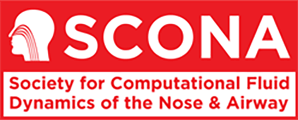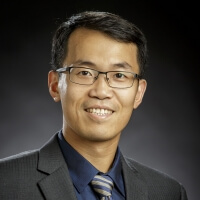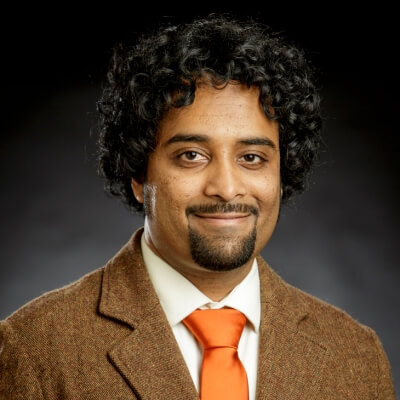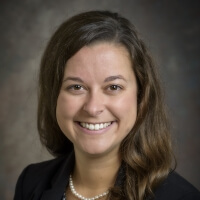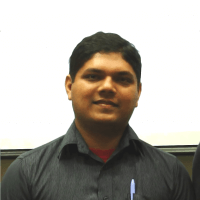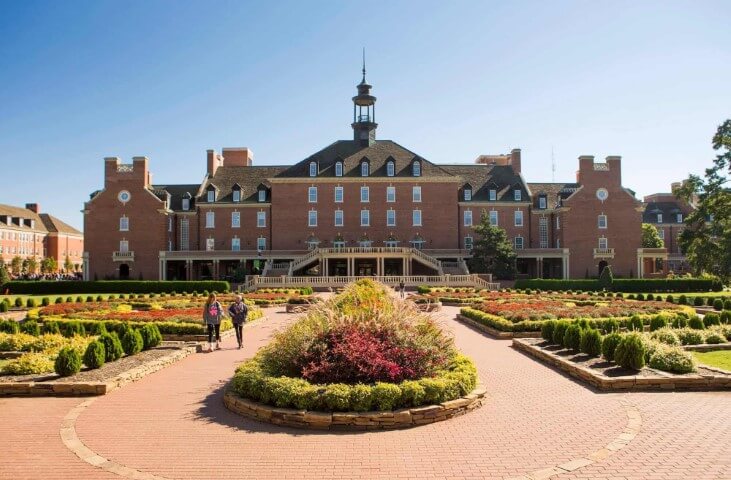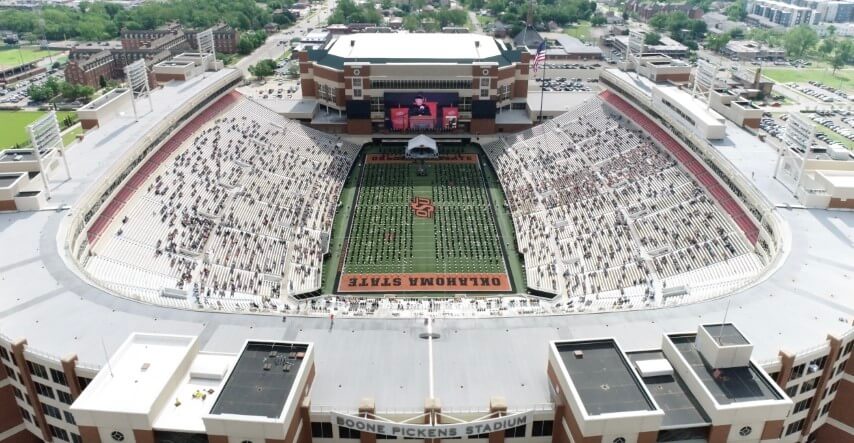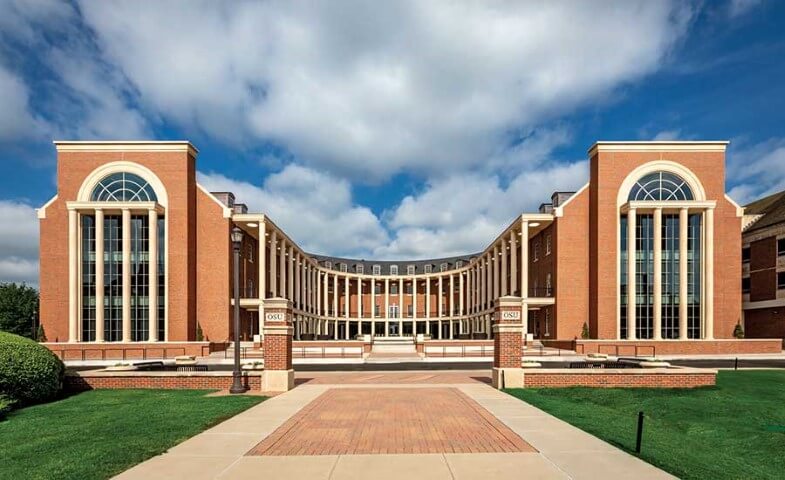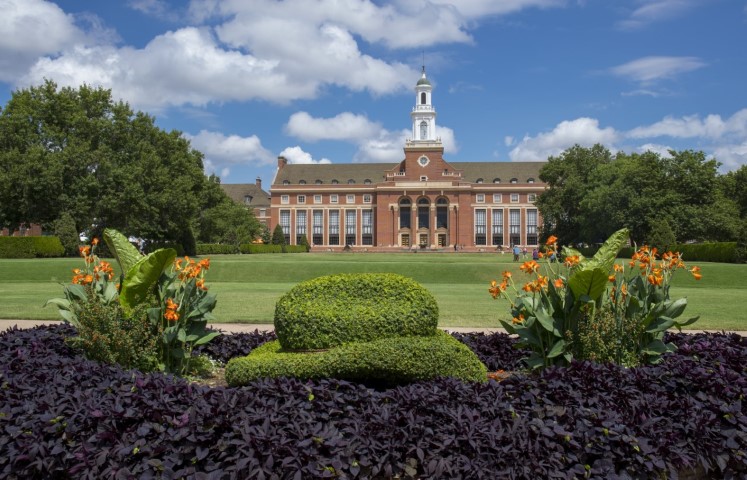
SCONA2022 will be held as a virtual conference on January 28th 2022
- Abstract submission: Fri 12th Nov
- Pre-recorded presentations: Wed 15th Dec
- SCONA2022 event: Fri 28th Jan
Thank you to our sponsors:


WELCOME NOTE FROM THE ORGANIZING COMMITTEE
Computational fluid dynamics (CFD) is emerging as a powerful objective tool in otolaryngology. CFD technology can quantify upper airway physiological functions, including airflow conductance, nasal air conditioning (heating and humidification of inspired air), delivery of odorant molecules to the olfactory epithelium, flow-induced phonation, and delivery of aerosol medications to their target sites. CFD has been applied to investigate the pathophysiology of a wide range of upper airway diseases, including nasal airway obstruction, chronic rhinosinusitis, empty nose syndrome, nasal septal perforations, and laryngotracheal stenosis. One of the most attractive features of CFD technology is the ability to perform virtual surgery and thus to predict how surgical intervention will affect objective measures of upper airway aerodynamics.
The goal of SCONA 2022 is to bring together clinicians and engineers to share their ideas, learn about recent advances in the field, and to facilitate the development and application of CFD technology in sinonasal and laryngeal airway. We will have presentations from leading experts on a range of topics, including advances in virtual surgery planning, diagnosis of nasal airway obstruction via CFD, and optimizing the use of topical medications for more effective treatment of upper airway diseases.
Convenors of SCONA2022
- Yu Feng, Assistant Professor, Chemical Engineering, Oklahoma State University, Stillwater, OK
- Arvind Santhanakrishnan, Associate Professor, Mechanical Engineering, Oklahoma State University, Stillwater, OK
- Catherine A. Fromen, Assistant Professor, Chemical and Biomolecular Engineering, University of Delaware, Newark, DE
- Arun Varghese Kolanjiyil, Postdoctoral Research Associate, Department of Mechanical and Nuclear Engineering, Virginia Commonwealth University, Richmond, VA, USA
Yu Feng
Arvind Santhana- krishnan
Catherine Fromen
Arun Varghese Kolanjiyil
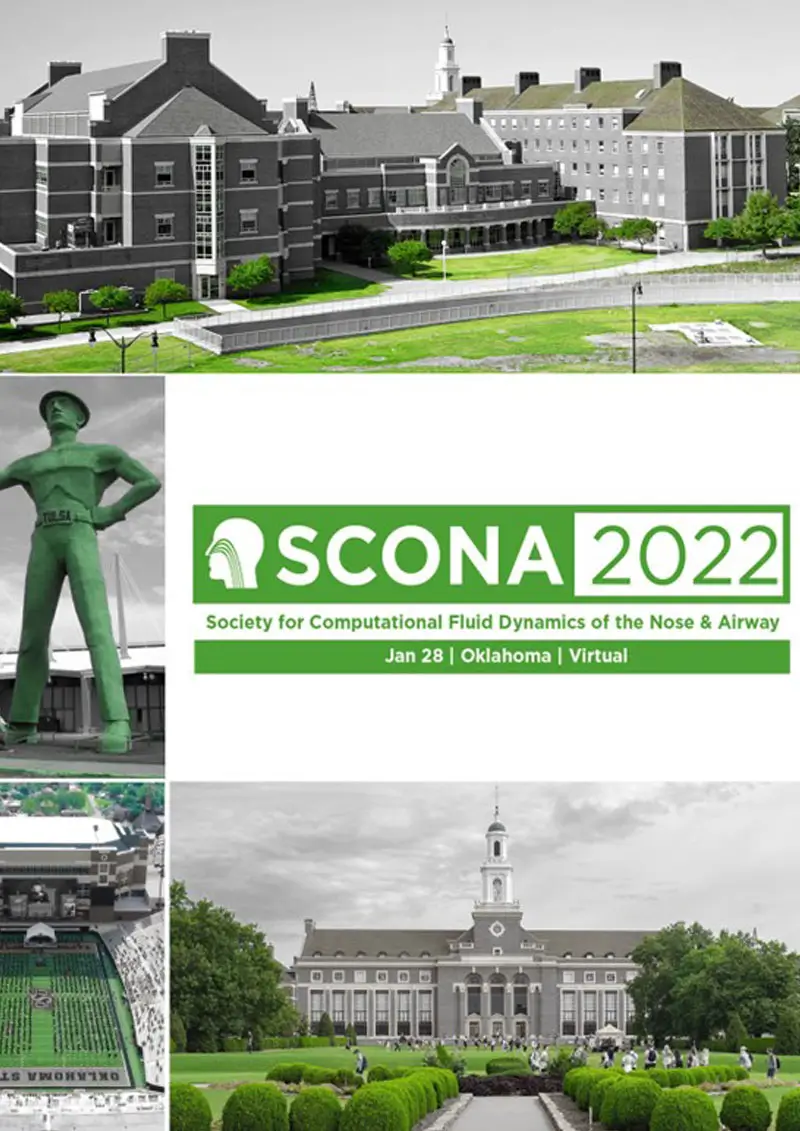
As the principal convenor and on behalf of the entire organizing committee, I welcome you to the 3rd world congress of the Society for Computational Fluid Dynamics of the Nose and Airway, SCONA 2022. In a packed one-day program, contemporary engineering and the latest technical progress in CFD for sinonasal and pulmonary healthcare with practical clinical applications will be explored. Our faculty consists of leading innovators from across the globe, whose knowledge and insights will appeal to experienced researchers, novices entering the field, and interested observers alike.
Due to the pandemic this conference is held virtually (online-only) and hosted by The School of Chemical Engineering at Oklahoma State University, Stillwater, USA. The organising committee are also proud to announce support by our sponsers NeilMed Pharmaceuticals Australia and ESSS.
We look forward to the pleasure of your company online at 10:00 am on Friday, January 28th, 2022 (US Central Time).
Dr Yu Feng
Chemical Engineering, Oklahoma St University
SESSION 1: DRUG DELIVERY & AEROSOLS IN THE AIRWAYS (10:00 – 12:00)
- 10:00 Yu Feng: Convener’s Welcome
- 10:10 P Worth Longest: KEYNOTE TALK: Nasal sprays: important new insights and discoveries
- 10:35 Ross Walenga: Nose-to-brain: targeted drug delivery to the CNS via nasal sprays
- 10:50 Guillherme Garcia: Effect of nozzle position on nasal spray penetration beyond the nasal valve
- 11:05 Jinxiang Xi: Nasal spray liquid film formation and translocation in adult and paediatric noses
- 11:20 Omid Abouali: CFD simulation of airflow and microfibers deposition in two different human respiratory tracts
- 11:30 Benjamin Li: In silico study to enhance delivery efficiency of nanoscale nasal spray aerosols to the olfactory region using external magnetic fields
- 11:40 Rabijit Dutta: In vivo validation of an open-source complete-airway CFD model
- 11:50 Kiao Inthavong: Modelling air conditioning function during inhalation
SESSION 2: CLINICAL CFD IN THE NOSE AND AIRWAY (12:20 – 14:20)
- 12:20 Kai Zhao: KEYNOTE TALK: Nasal obstruction: what are our noses sensing?
- 12:45 Hadrien Calmet: Cough jet dynamics, droplet transport, and inhalability over a ten minute exposure
- 13:00 Alister Bates: Obstructive sleep apnea in children: neuromuscular control and disease severity
- 13:15 Dennis Frank-Ito: Identifying greatest obstructive sites for surgical correction of nasal obstruction in subjects with cleft lip nasal deformity
- 13:30 Chamindu Gunatilaka: Calculating breathing effort in the neonatal airway based on imaging parameters
- 13:40 Dennis J Shusterman: Computational Fluid Dynamic (CFD) modeling of nasal nitric oxide levels in human subjects
- 13:50 Fazil Apaydin: Investigation of septal deviation effects on nasal airflow on 3 subjects using CFD method
- 14:00 Jochen Schachenreiter: 3D models of the nose and the paranasal sinuses created with the rhinodiagnost service before and after FESS
- 14:10 Mohamed Amin: A systematic review of the role of computational flow dynamics in the assessment and management of obstructive sleep apnea
- Kiao Inthavong: Modelling air conditioning function during inhalation
SESSION 3: FRONTIERS AND NEW RESEARCH (14:40 – 16:55)
- 14:40 Goodarz Ahmadi: KEYNOTE TALK: Computational modeling of particle transport and dispersion – environmental and biological applications
- 15:05 Jessica Oakes: Image-guided computational models to better classify uncontrolled asthma
- 15:20 Thierry Marchal: Computer model of human respiratory tree: a research and industrial routine, a regulatory reality and a clinical promise
- 15:35 Kazuhide Ito: Computer simulated person for predicting inhalation exposure and airborne infection
- 15:50 Yu Feng: Aid airway obstruction diagnosis with computational fluid dynamics and convolutional neural network
- 16:00 Moritz Waldmann: Towards in-situ visualization and virtual surgery in nasal cavities
- 16:10 Jingliang Dong: Vortex identification and its influence on particle exposure characteristics in a realistic human nasal airway
- 16:20 Emilie Kolewe: Spacial deposition and larynx developmental analysis of 6 year-olds through Computational Fluid Particle Dynamics
- 16:30 Abhiram Mohan: Shape optimization for respiratory flows through reinforcement learning
- 16:40 Hana Salati: Nasal saline irrigation using computational fluid dynamics
- 16:55 Narinder Singh: Closing Remarks
- : Modelling air conditioning function during inhalation
COMMITTEE
SCONA 2022 Convenors:
Yu Feng, Oklahoma State University
Arvind Santhanakrishnan, Oklahoma State University
Catherine A. Fromen, University of Delaware
Arun Varghese Kolanjiyil,Virginia Commonwealth University
Organizing Committee:
Yu Feng, Oklahoma State University
Arvind Santhanakrishnan, Oklahoma State University
Catherine A. Fromen, University of Delaware
Arun Varghese Kolanjiyil,Virginia Commonwealth Univer
Kiao Inthavong, RMIT University, Melbourne, Australia
Hana Salati, RMIT University, Melbourne, Australia
Narinder Singh, University of Sydney, Australia
Eugene Wong, University of Sydney, Australia
Marin Duvnjak, Westmead Hospital, Sydney, Australia
Scientific Committee:
Denis Doorly, Imperial College, London, UK
Yu Feng, Assistant Professor, Chemical Engineering, Oklahoma State University, Stillwater, OK
Arvind Santhanakrishnan, Associate Professor, Mechanical Engineering, Oklahoma State University, Stillwater, OK
Catherine A. Fromen, Assistant Professor, Chemical and Biomolecular Engineering, University of Delaware, Newark, DE
Arun Varghese Kolanjiyil, Postdoctoral Research Associate, Department of Mechanical and Nuclear Engineering, Virginia Commonwealth University, Richmond, VA, USA
Kiao Inthavong, RMIT University, Melbourne, Australia
Narinder Singh, University of Sydney , Australia
CONFIRMED FACULTY
Keynote Speakers
Prof P Worth Longest
Prof Goodarz Ahmadi
Prof Kai Zhao
Invited Speakers:
Dr Jinxiang Xi, University of Massachusetts Lowell, USA
Dr Ross Walenga, Food Drug Administration, USA
Dr Jessica Oakes
Dr Emilie Kolewe
Dr Catherine Fromen
Dr Alister Bates
Dr Guilherme Garcia
AProf Dennis Frank-Ito
Prof Kazuhide Ito
Prof Jinxiang Xi
Dr Thierry Marchal
Dr Yu Feng
Dr Hadrien Calmet
About Oklahoma State University
Oklahoma State University (OSU) is a public land-grant research university in Stillwater, Oklahoma. OSU was founded in 1890 under the Morrill Act. Originally known as Oklahoma Agricultural and Mechanical College (Oklahoma A&M), it is the flagship institution of the Oklahoma State University System that holds more than 35,000 students across its five campuses with an annual budget of $1.5 billion. The main campus enrollment for the fall 2019 semester was 24,071, with 20,024 undergraduates and 4,017 graduate students. OSU is classified among “R1: Doctoral Universities – Very high research activity”. According to the National Science Foundation, OSU spent $191 million on research and development in 2017.
The Oklahoma State Cowboys and Cowgirls have won 52 national championships, which ranks fourth in most NCAA team national championships after Stanford University, University of California, Los Angeles, and University of Southern California. The Oklahoma State Cowboys wrestling is the most successful NCAA Division I program of all time in any sport. As of 2021, Oklahoma State students and alumni have won 34 Olympic medals (21 gold, 5 silver, and 8 bronze). The university has produced 29 Goldwater Scholars, 18 Truman Scholars, 18 Udall Scholars, and 48 Fulbright Scholars, astronauts, and billionaires.
Students spend part of the fall semester preparing for OSU’s Homecoming celebration, begun in 1913, which draws more than 40,000 alumni and over 70,000 participants each year to campus and is billed by the university as “America’s Greatest Homecoming Celebration.” The Oklahoma State University alumni network exceeds 250,000 graduates.
College of Engineering, Architecture and Technology (CEAT) at Oklahoma State University (OSU)
The College of Engineering, Architecture and Technology is a community of scholars, innovators and leaders who are changing the world. The preparation of professionals that anticipate the needs of a changing world is at the nexus of society, economy, ethics, sustainability and humanity. The college is committed to training leaders and professionals who innovate, design and build a resilient and sustainable local, regional and world economy.
External Links
